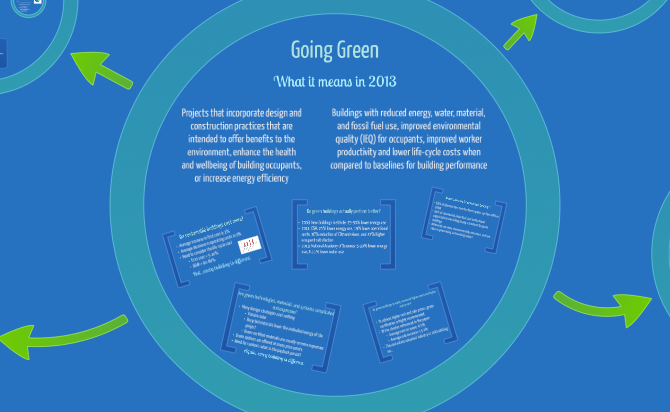Code Green Solutions


Since LEED’s inception in 2000, the green building industry has flourished, with sustainable projects comprising an increasing proportion of the construction industry’s market share each year.
Green building certification has grown as well; as of June 2014, there are over 22,000 LEED-certified properties in the world (totaling more than 3 billion square feet), and more projects attain recognition via an expanding cadre of alternate standards and rating systems.
Yet, for many professionals in the building design and construction industry, the jury is still out on whether green projects live up to the hype and fulfill their promises of enhanced energy performance, improved indoor environmental quality, and lower life cycle costs. Some industry members also raise concerns about liability and risk, and how they are affected differently on sustainable projects.
Last summer, I had the opportunity to be the National Society of Professional Engineers’ 2013 Milton F. Lunch Graduate Research Fellow for Victor O. Schinnerer, a Chevy Chase, MD-based firm that provides underwriting services for the procurement of professional liability insurance for architecture, engineering, and construction firms and consultants. Over the course of eight weeks, I conducted research on the state of sustainability in the buildings industry.
To begin, I completed a comprehensive literature review of recent studies of sustainable projects, aiming to resolve some of the persistent questions surrounding green building. Using recent market data, I presented some current trends in the buildings industry, including pursuance of green building certification, collection and analysis of energy data, use of energy efficient measures and renewable energy, and more. As new green building standards, rating systems, and codes continue to proliferate and are becoming more prevalent, I also conducted an overview of several available offerings, including LEED, Green Globes, ENERGY STAR, Living Building Challenge, and others.
The latter half of the paper discusses risks and liability issues unique to green projects, and presents best practices to avoid claims and litigation as well as a compendium of resources for more effective sustainable projects.
To read the entire white paper, click here.
View the accompanying Prezi presentation below, or click here.